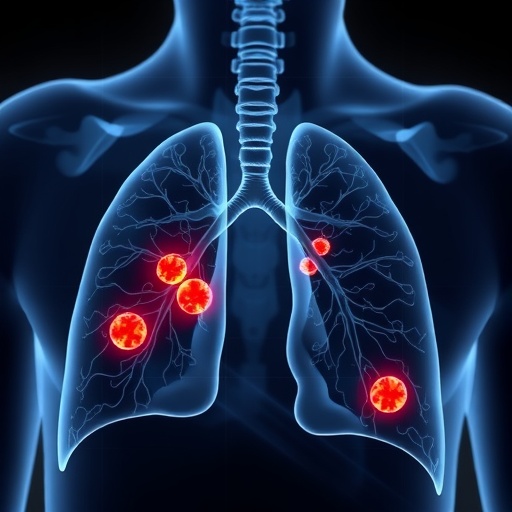HDAC inhibitors prevent MEK inhibitor resistance and enhance MEK anti-tumor properties in uveal melanoma
TAMPA, Fla. – Uveal melanoma is a very aggressive type of melanoma that affects the eye. It is a rare disorder, affecting an estimated 2,500 people in the United States each year. However, nearly half of uveal melanoma patients will develop metastatic disease that migrates to other part of the body, primarily the liver. The prognosis for patients with metastatic uveal melanoma is very poor, with median survival of only 17 to 20 months. Researchers in Moffitt Cancer Center’s Donald A. Adam Melanoma and Skin Cancer Center of Excellence are working to change that. They have identified a new drug combination that is effective against metastatic uveal melanoma cells in preclinical studies. Their findings were published in Clinical Cancer Research.
The MAPK protein signaling pathway is commonly deregulated in melanoma of the skin and uveal melanoma. Drugs that target a protein called MEK, which is involved in the MAPK signaling pathway, have significantly improved the outcomes of patients with melanoma of the skin. However, a recent phase 3 clinical trial in uveal melanoma revealed that patients treated with a MEK inhibitor plus chemotherapy had no improvement in survival over those patients treated with chemotherapy alone.
Many patients with uveal melanoma quickly develop resistance to MEK inhibitors. Moffitt researchers, in collaboration with scientists from the UF Health Cancer Center and Sylvester Comprehensive Cancer Center, wanted to determine how this resistance develops and identify additional drugs that could be used in combination with MEK inhibitors to target uveal melanoma cells for destruction.
The researcher team performed laboratory experiments with uveal melanoma cell lines and discovered that MEK inhibitors blocked their growth; however, this inhibition was short-lived and eventually the cell lines developed resistance and continued to grow. The researchers used proteomics analysis to determine which signaling pathways were activated during MEK inhibitor resistance.
“We identified a number of putative escape pathways that were upregulated following MEK inhibition, including the PI3K/AKT pathway, ROR1/2 and IGF-1R signaling,” explained Keiran Smalley, PhD, director of Moffitt’s Donald A. Adam Melanoma and Skin Cancer Center of Excellence. They also discovered that signaling through the YAP protein contributed to MEK inhibitor resistance.
Since there are no known drugs that are able to target both AKT and YAP signaling, the researchers performed a drug screen of 289 compounds to identify those that could limit escape from MEK inhibition. The drug type with the biggest impact across four different uveal melanoma cell lines were histone deacetylase (HDAC) inhibitors. HDACs regulate the expression level of many genes involved in cancer development, and several HDAC inhibitors are currently approved to treat different types of cancer. The researchers discovered that, of the HDAC inhibitors investigated, panobinostat was the most effective at blocking the development of resistance through YAP and AKT and enhancing the effects of MEK inhibitors in uveal melanoma cell lines. Additionally, combination treatment with panobinostat and the MEK inhibitor trametinib was more effective at reducing uveal melanoma tumor growth in mice than either agent alone.
They hope that the preclinical findings will lead to the initiation of clinical trials in uveal melanoma patients. “Our finding that a clinically approved pan-HDAC inhibitor was effective at simultaneously limiting YAP and AKT signaling in uveal melanoma cells suggests this could be a good candidate for future clinical development,” explained Smalley.
###
The study was supported by funds from the Bankhead-Coley Program of the State of Florida.
About Moffitt Cancer Center
Moffitt is dedicated to one lifesaving mission: to contribute to the prevention and cure of cancer. The Tampa-based facility is one of only 50 National Cancer Institute-designated Comprehensive Cancer Centers, a distinction that recognizes Moffitt’s scientific excellence, multidisciplinary research, and robust training and education. Moffitt is a Top 10 cancer hospital and has been nationally ranked by U.S. News & World Report since 1999. Moffitt devotes more than 2 million square feet to research and patient care. Moffitt’s expert nursing staff is recognized by the American Nurses Credentialing Center with Magnet® status, its highest distinction. With more than 6,000 team members, Moffitt has an economic impact in the state of $2.5 billion. For more information, call 1-888-MOFFITT (1-888-663-3488), visit MOFFITT.org, and follow the momentum on Facebook, Twitter and YouTube.
Media Contact
Kim Polacek
[email protected]
Related Journal Article
https:/
http://dx.




